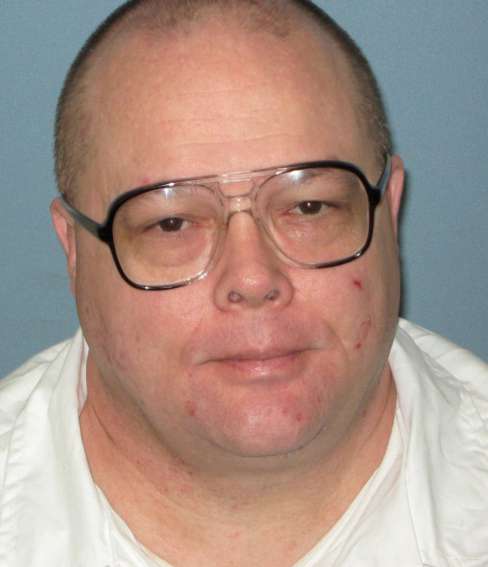Kerry Spencer Alabama Death Row
Kerry Spencer was sentenced to death and remains on Alabama Death Row for the murders of three police officers. According to court documents the three police officers were attempting to serve an arrest warrant on Nathaniel Woods when the two men opened fire killing Carlos Owen, Robert Bennett and Harley Chisholm. Both Nathaniel Woods and … Read more








